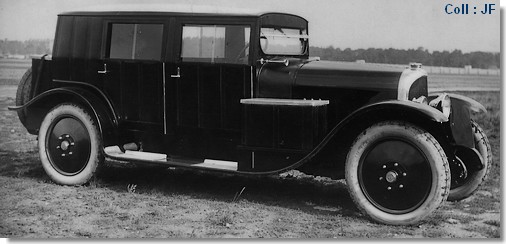page 1/2
|
|
|
C3 L (1923-1927)
page 1/2 |
|
Two short years later, the replacement for the C1 took its bow at the 1922 Paris Salon, with a more powerful engine and a longer chassis with semi-elliptic rear springs in place of the original cantilevers. As before, it was equipped with luxury coachwork of the standard required by the wealthy and enthusiastic clientele for the fledgling marque. As well as in bare chassis form, the C3 was initially offered as a touring torpedo, a coupé limousine and a six-seater saloon. Some were fitted with all-weather convertible coachwork such as the car built for the King of Siam or the example below. |
 |
|
1923 saw the first trials of Sensaud de Lavaud's continuously variable swash plate transmission on both the long chassis C3 and the smaller 8-10HP models. Overcomplicated and unreliable, this system was never adopted by Voisin. The following year, the 18HP was available in chassis form (with or without wire wheels) and the choice of six-seater torpedo, coupéde ville, coupé limousine or saloon coachwork. |
 |
|
An unusual and distinctively angular lightweight fabric saloon body described as 'prismatic' made its appearance on the 18HP chassis in 1925, exemplifying Gabriel Voisin's uncompromisingly rational approach to coachwork design.
To my knowledge, some fifteen long chassis C3s survive - but how many were actually built? |
|
|